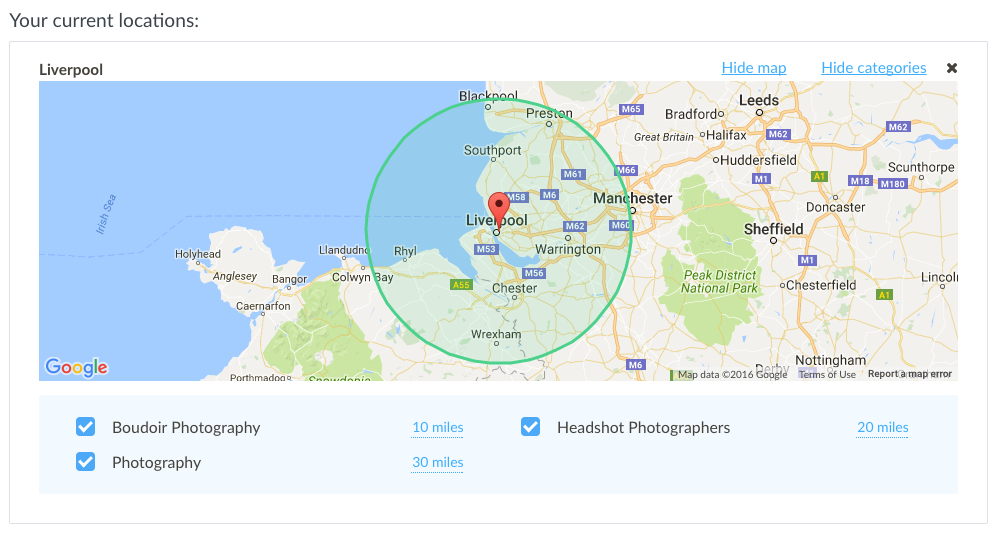This year, it’s never been more vital to grow awareness of your business online, and having a social media presence is a great way to do that. If you provide engaging content to your customers through social media, they’ll be more likely to feel connected to your business.
If you’re stuck indoors and wondering what you can do to grow your business during a pandemic, then it’s a great time to get started on your social media strategy. For the social media newbies reading this, we know it can be daunting, so we’ve created a step-by-step guide to setting yourself up online.
1. Create a social media marketing plan
Like most things, you need to be clear on your goals and objectives before rushing into anything with social media – this also makes it easier to measure results. Ask yourself what you want to achieve through your social media marketing so you can tailor your approach to these goals. While it can be tempting to fire off post after post with no consistency, planning ahead is much more effective for long-term goals. Here are some sample templates to help you get going.
2. Scope out the competition
A good way to determine what works and what doesn’t is by checking out your competitors’ social media channels. By analysing the success of your competitors’ posts, you’ll get a clearer picture of what customers want to see. It also gives you an opportunity to create something entirely new, helping you to stand out from the crowd.
3. Choose the right platform for your business.
While social media is a powerful tool to connect with your audience, it’s vital that you know who your audience is and which platform they use. Different platforms are better catered to different age groups, so it’s essential to understand the demographics of your audience to gauge the best platform to reach them on. If you’re trying to reach a younger audience, then Instagram is your best bet, whereas Facebook is popular with the over 35s.
4. Value quality over quantity
When it comes to content, it should be quality over quantity every time. If you’re wondering what quality content is, the easiest way to measure it is how your audience engages with it, i.e. how many times it is shared and commented on. There’s no use uploading three posts a day if no one interacts with them. By creating quality content, your users are much more likely to remember your brand. The key to quality content is strong formatting – making sure text is broken up into readable chunks with images and bullet points to help readers digest it, talking about relevant topics that people care about, and using humour to engage audiences.
And there we have it, a step-by-step guide to kick-starting your social media journey! If there’s anything else we can support you with, feel free to call our friendly Customer Success team – we’re open 24/7! You can find our telephone numbers on our website, or alternatively, email team@bark.com.



















